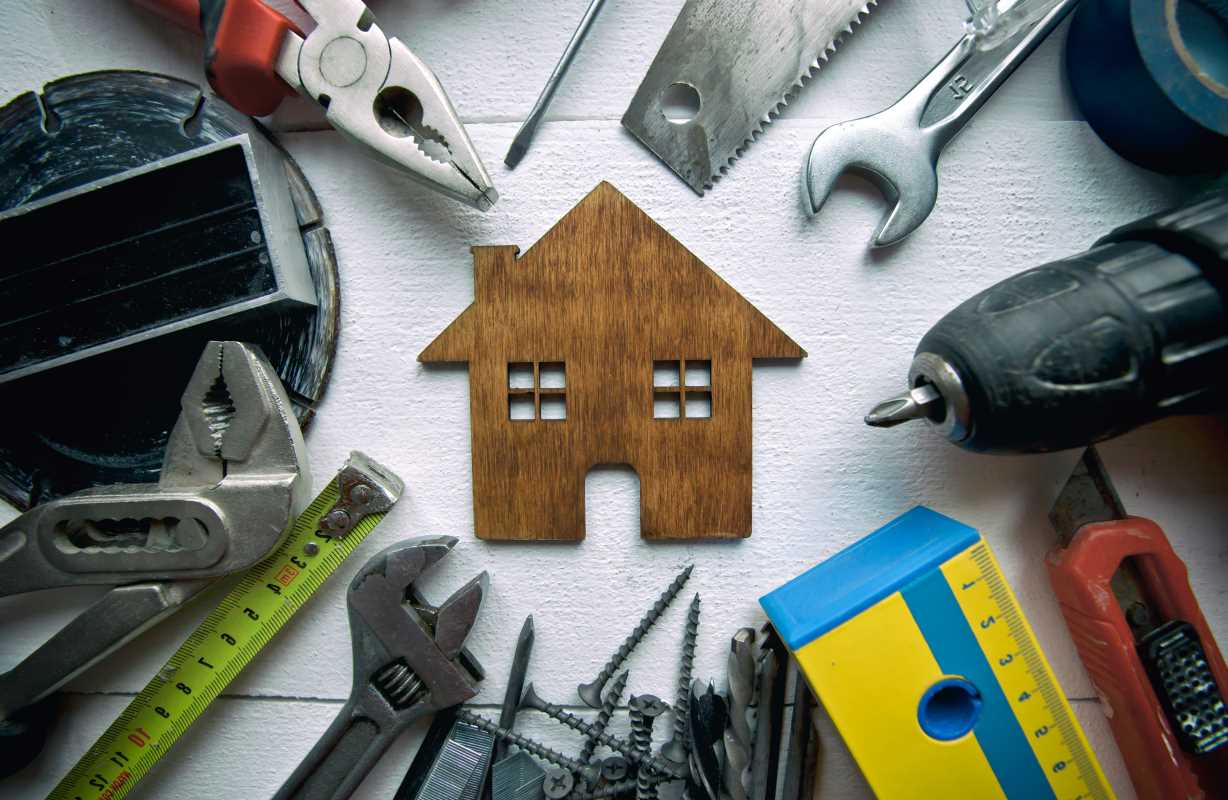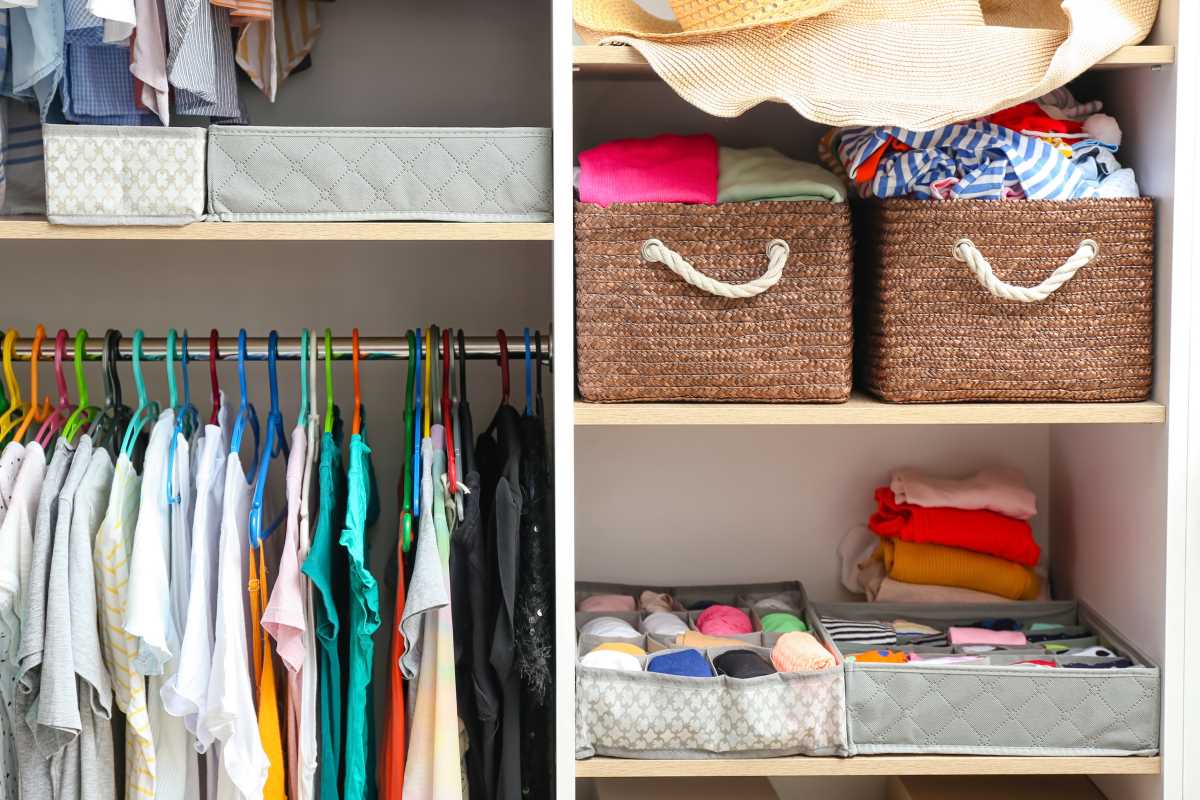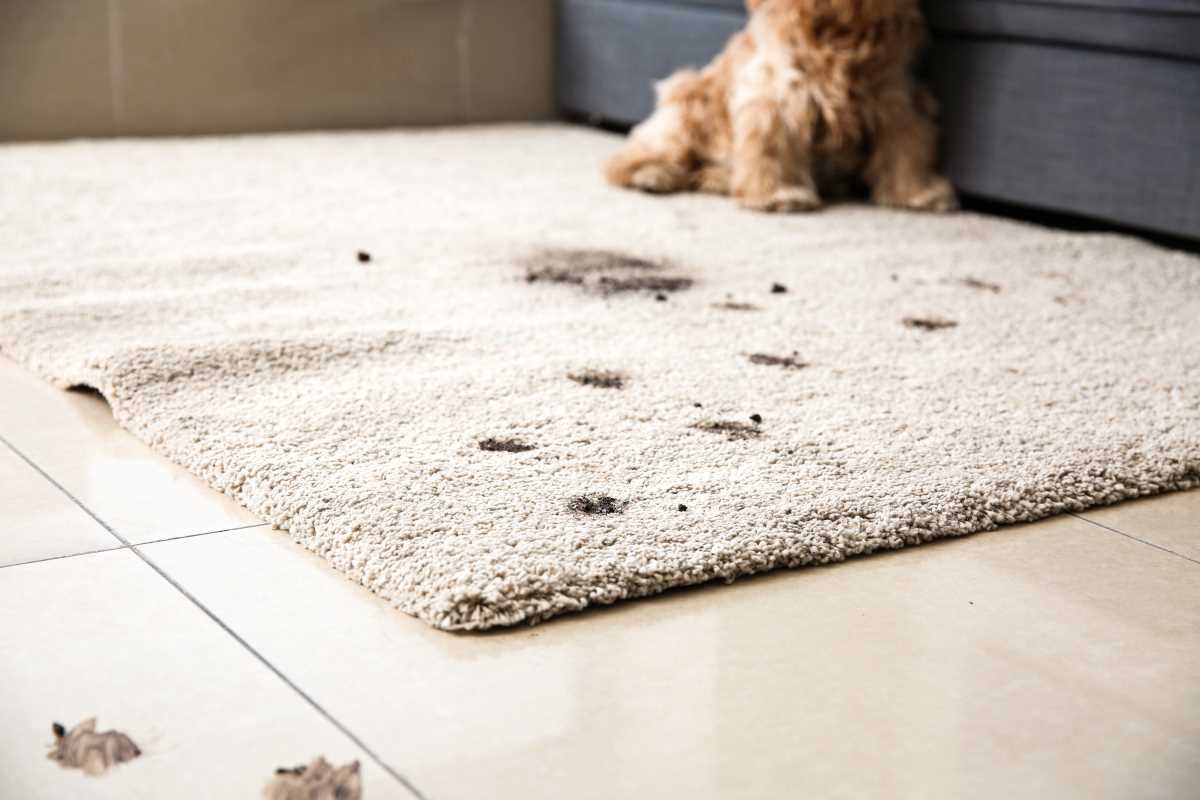With remote work becoming a long-term norm for many professionals, creating a well-optimized home office has never been more important. A productive home office is more than just a place to work; it’s a carefully curated environment that fosters focus, creativity, and efficiency. Whether you're a freelancer, remote employee, or someone who occasionally works from home, here's how to design a workspace that works for you.
1. Choose the Right Location
Why it matters
The location of your home office can significantly impact your ability to focus and maintain productivity. Ideally, you want a space that minimizes distractions while keeping you comfortable for extended periods.
Key tips for selecting the right spot
- Quiet Zone: Choose a quiet area away from high-traffic spots like your living room or kitchen. Disruptions like conversations, television, or household chores can break your concentration. A quieter area promotes deep work sessions.
- Dedicated Space: If possible, designate an entire room as your office. This psychological barrier between work and home can greatly improve focus. Even a walk-in closet transformed into a workspace can help separate your work life from your home life.
- Natural Light: Position your workspace near a window if possible. Exposure to daylight has been shown to improve mood and energy levels. Natural light also reduces eye strain compared to artificial lighting.
For those with limited space, a multi-functional area can work too. For example, a desk in a bedroom corner can transform into a productive workspace if paired with the right accessories. Use folding screens or bookshelves as partitions to define the area specifically for work.
Advanced tip
Experiment with different locations in your home to identify where you feel most productive. Sometimes, even a small change in setting, like moving closer to a sunny spot or away from a noisy room, can make a big difference.
2. Invest in Smart Ergonomics
Why it matters
Sitting at a desk for hours can lead to physical discomfort and long-term health issues. Poor ergonomics can drain your energy and make it harder to focus. A well-planned, ergonomic setup ensures comfort, boosts productivity, and promotes good posture.
Must-have ergonomic essentials
- Chair: A good ergonomic chair is a game-changer. Look for one with adjustable height and lumbar support. If you're on a budget, add a removable lumbar cushion to a basic office chair.
- Desk: A standard desk may suffice, but opting for a height-adjustable desk adds versatility. Standing for part of the day can improve posture and circulation. If a new desk isn’t in your budget, desk converters offer affordable sit-stand options.
- Monitor Placement: Place your monitor at eye level and about an arm’s length away. Consider monitor risers if your screen is positioned too low.
- Keyboard and Mouse: Choose an ergonomic keyboard with a slight slope and a contoured mouse. These tools reduce wrist strain during prolonged use.
- Footrest: A footrest can make a big difference if your chair doesn’t allow your feet to rest flat on the floor. Even a stack of sturdy books can work in a pinch.
Pro tip
Stretching periodically can alleviate ergonomic stress. Set a timer to remind yourself to stand, stretch, or take short movement breaks during your day. Apps like Stretchly offer gentle reminders tailored to office work.
3. Declutter for a Clear Mind
Why it matters
Clutter can create mental fatigue and make it harder to find what you need. An organized, tidy space encourages clarity, reduces stress, and helps you focus on tasks.
How to declutter effectively
- Start Small: Begin with one category, like paperwork or office supplies. Donate or recycle items you no longer need.
- Use Storage Wisely: Install shelves to store items vertically and free up desk space. Baskets or bins can organize loose items.
- Daily Cleanup Ritual: Dedicate five minutes at the end of every workday to clear your desk. File away papers, tuck away unused chargers, and wipe down surfaces to reset for the next day.
- Digitize Documents: Use apps to scan and organize important files digitally, reducing paper clutter completely.
A clutter-free workspace doesn’t have to mean boring. Limit decor to a few pleasing items like a photo frame or a small plant to strike a balance between personal and functional.
Advanced tip
Adopt the “one-touch rule”: Handle any object only once. For instance, if you pick up a paper, immediately decide to file, scan, or discard it rather than putting it back on your desk.
4. Master Lighting for Productivity
Why it matters
Proper lighting can reduce eye strain, improve focus, and increase your overall well-being during the workday. Poor lighting, on the other hand, can lead to fatigue and headaches, especially if you're staring at screens for long periods.
Best practices for lighting
- Natural Light: Position your desk perpendicular to a window. This maximizes daylight without causing glare on your screen.
- Task Lighting: A desk lamp with adjustable brightness settings allows you to direct light precisely where needed.
- Ambient Lighting: Avoid harsh fluorescent lights. Instead, go for warm, diffused lighting to create a cozy and calm ambiance.
If access to natural light is limited, consider full-spectrum bulbs that mimic daylight. These are especially helpful during darker winter months and can keep your energy levels steady.
Pro tip
Invest in a smart light bulb that lets you adjust brightness and color temperature. A cool white light can energize you for focused work, while warmer tones are relaxing and better suited for evening hours.
5. Manage Noise Levels
Why it matters
Noise disrupts focus and concentration, hindering workflow and creativity. Having control over your auditory environment allows you to stay immersed in your work.
Noise management tips
- Noise-Canceling Headphones: Invest in high-quality noise-canceling headphones. They’re especially useful in shared spaces or households with kids.
- White Noise Machines: Devices like LectroFan create soothing soundscapes to mask distractions like street noise or household activities.
- Acoustic Modifications: Add sound-absorbing materials like rugs, curtains, or foam panels. Even hanging tapestry on the walls can help dampen external sounds.
Custom tip
If you're easily distracted by silence, find productivity-enhancing playlists. Classical music, lo-fi beats, or nature sounds are great for maintaining focus without pulling your attention away.
6. Create a Distraction-Free Environment
Why it matters
Distractions at home, whether digital or physical, can eat away at your productive hours. Creating boundaries and building habits to tune out interruptions allows you to stay in the zone longer.
Strategy examples
- Limit Smartphone Notifications: Disable social media and non-urgent app notifications during work hours.
- Create a Signal: For shared households, use visual cues like “Do Not Disturb” signs on your office door during meetings.
- Keep Workspace Essentials Close: Instead of stepping out for a phone charger or stationery, ensure your key supplies are within arm’s reach to prevent disruptions.
Set your workspace up for success by keeping it clean, organized, and intentionally devoid of unnecessary distractions.
Advanced tip
Practice “deep work”—schedule uninterrupted blocks of time for focused activities and leave shallow tasks for later. Use timers to create clear working rhythms.
7. Personalize Your Space
Why it matters
Your workspace should feel inspiring and uniquely yours. Personalization keeps you motivated and better connected to your workflow.
Ideas for personalizing
- Add Plants: Plants like peace lilies or pothos don’t just look great; they also purify the air and reduce stress.
- Mood-Boosting Decor: Posters or art pieces with uplifting designs, quotes, or vibrant colors can boost your enthusiasm.
- Music Setup: A small Bluetooth speaker can help provide background music or calming sounds.
- Comfortable Details: A soft throw blanket, a custom mug, or a memory foam cushion ensures long hours feel cozier.
A personalized workspace balances beauty with functionality, keeping it professional enough for focus but relaxing enough to enjoy.
Pro tip
Rotate decor items occasionally. Swapping out artwork or adding seasonal accents can refresh the vibe of your workspace.
8. Leverage Productivity Tools
Why it matters
Technology streamlines tedious work processes, keeps your tasks organized, and encourages efficient habits.
Top tool recommendations
- Kanban Boards: Trello and Monday.com simplify task tracking and prioritization.
- Focus Tools: Apps like Forest gamify your focus, encouraging you to put your phone down during work.
- Time Tracking: Toggl or RescueTime gives insights into how you’re allocating time, helping you identify and minimize inefficiencies.
Start with one or two tools and expand only if needed. The simpler your setup, the easier it is to maintain.
Pro tip
Create end-of-week summaries with apps like Notion to review accomplishments and plan the following week. Reflection is a core step in staying organized.
9. Maintain Work-Life Balance
Why it matters
When there’s no clear divide between work and personal life, it’s easy to fall into the trap of overworking. Setting boundaries protects your well-being and prevents burnout.
Ways to maintain balance
- Create a Wind-Down Routine: Activities like journaling, stretching, or listening to music after work signal your brain it’s time to relax.
- No Work Zones: Designate areas like your dining table or couch for leisure only.
- Take Real Breaks: Step outside, stretch, or have a snack away from the desk. Allow your mind to reset fully.
Giving equal attention to rest ensures sustainable productivity in the long run.
10. Regularly Evaluate and Improve
Why it matters
Your ideal home office evolves over time. Regular evaluations help fine-tune both comfort and productivity.
How to keep improving
- Experiment Frequently: Rearrange furniture or update your tech tools to address inefficiencies.
- Seek Inspiration: Platforms like Pinterest offer creative ideas for upgrading your office.
- Monitor Comfort Levels: If stress, fatigue, or discomfort arises, reassess what might be missing, from better lighting to a more supportive chair.
Building a productive office environment is an ongoing process, but every small improvement pays long-lasting dividends.







